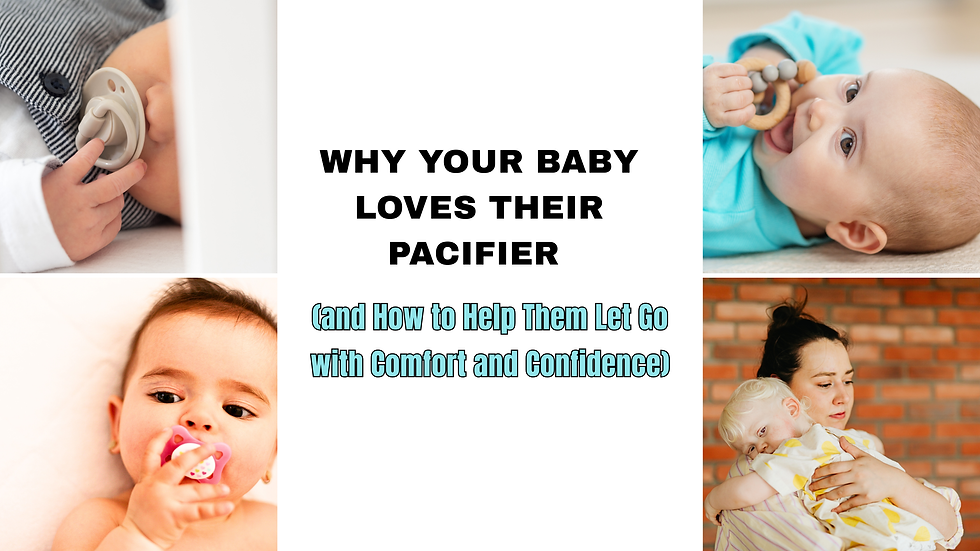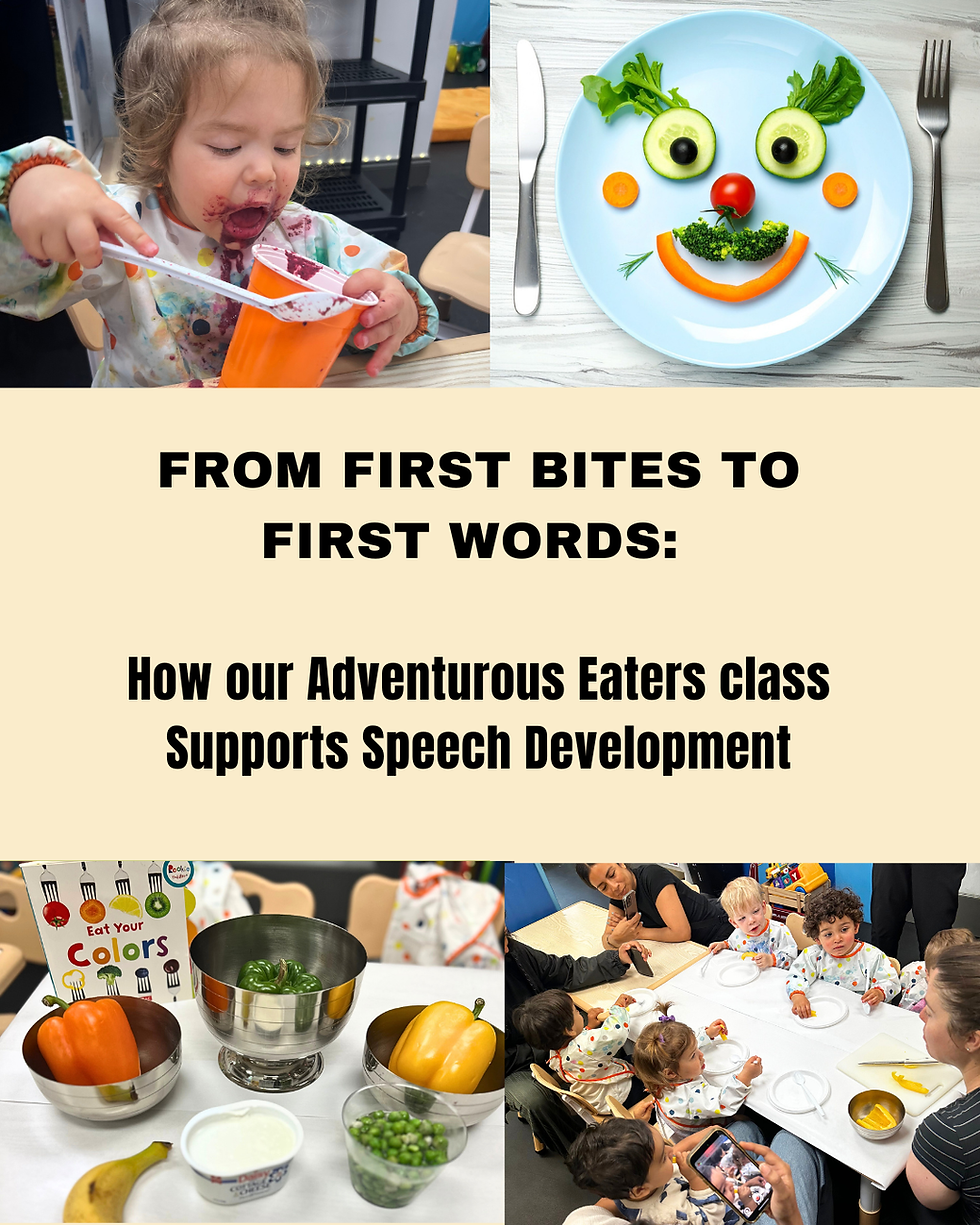How Do Inclusive Learning And Community Environments Benefit All Children?
- Jordanna Spaulding

- May 1, 2017
- 2 min read

Effective models of inclusive environments set all students up for success by supporting children and allowing them to build upon their strengths and further develop their needs. When children are placed in an inclusive environment it mimics the “real-world”. Moreover, we learn to become citizens of this world rather than citizens of a bubble. In that, the inclusive environment teaches children how to be supportive of each other, how to be empathetic to another’s struggles, and how to learn from each other’s strengths, needs, and differences.
In a positive and functional inclusive learning environment, all children’s needs are supported because differentiating instruction is necessary to reach the needs of all children. It is where children learn concrete schema based on the different ways a lesson has been instructed, the materials that are available to manipulate to model learning, and by building and reflecting on how peers process and develop then share their own schema.
Inclusion improves learning for both classified and unclassified students. After all, many children learn by example. By being in a classroom with children that don’t have behavioral issues, some individuals with special needs may be able to develop better social skills through example. When children who have learning problems are included, students without disabilities tend to perform better academically. This is because instruction has to be broken down into smaller components to reach all students. Therefore, the intimacies of a lesson are revealed and can affect a student’s ability to think independently. Furthermore, the breakdown of tasks and lessons can help all students further develop their higher order thinking skills and content knowledge.
Another important influence to create a safe learning community for all is to manage behaviors and build relationships with peers. An inclusive environment will have the supports necessary to foster behavioral growth for all students given the expectations for how to behave. Children are all able to learn from one another given the right environment.
Children are also able to relate and build friendships, develop stronger social
skills, learn how to work with others, and build confidence. With this, inclusive environments can teach children how to be advocates for themselves and for others. It teaches children that it is OK to ask for help or to say, “I don’t get it”. Positive and realistic learning environments have profound influence on a child’s ability to transition from a student into adulthood. These skills can become concrete if they are fostered and nurtured at a young age.
If you know that your child would become a better student by building stronger academic skillsets, self-regulate their emotions and behaviors, build empathy and be supportive of others, develop deep rooted friendships, and become an important component of the community, wouldn’t you want your child to be a part of this?
The bottom line: nourishing a positive inclusive community and safe learning environment can strengthen a community and benefit ALL children in multiple ways






Comments